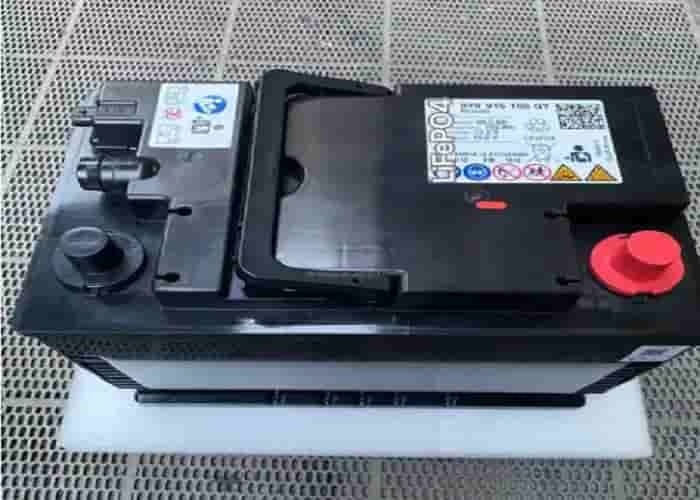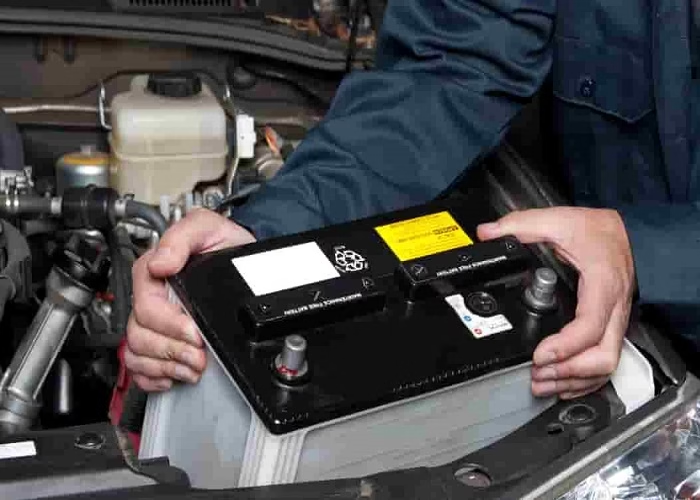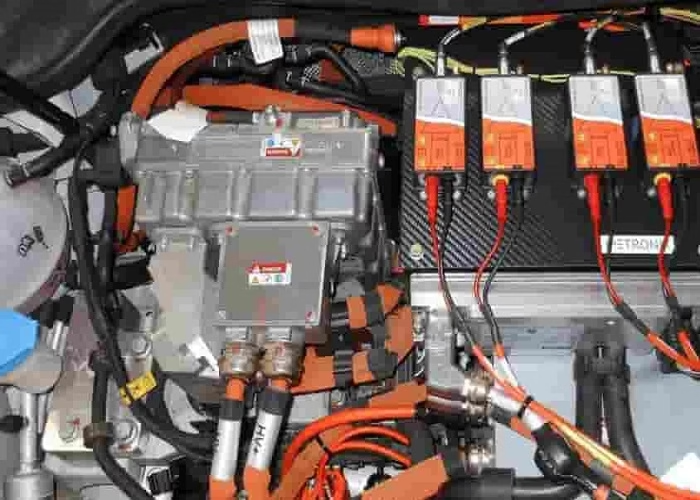New energy vehicle battery coolant is a medium specially used to regulate the temperature of power batteries. It plays a dual role of heat dissipation (at high temperature) and heating (at low temperature) during the battery charging and discharging process to maintain the battery in the optimal operating temperature range and ensure its performance, safety and life.
I. Preparation
Confirm the type of coolant
New energy vehicles must use a special battery coolant (mostly anhydrous organic acid type), and traditional fuel vehicle coolant is not applicable.
Check the specific model through the user manual, or contact the brand after-sales service for confirmation.
It is forbidden to mix coolants of different colors/models, otherwise it is easy to produce precipitation to block the pipeline or cause the battery temperature control to fail.
Prepare tools and protection
Coolant of the same model (at least 1L in reserve), funnel, non-slip gloves, goggles, and pure cloth.
Coolant is corrosive, avoid contact with skin or eyes during operation.
II. Add operation steps
Step 1: Safety check
Vehicle shutdown cooling: Let it stand for at least 30 minutes until the battery temperature drops below 40℃ (no hot feeling when touching the hood). Opening the lid at high temperature may cause coolant to splash (residual pressure in the system reaches 200kPa), causing serious burns.
Step 2: Locate the coolant tank
Open the engine compartment and find the translucent tank (labeled “Battery Coolant” or “Battery Coolant”). There are MIN (minimum) and MAX (maximum) level scale lines on the tank body.
Step 3: Check and add coolant
Observe the current level:
Below the MIN line: need to be added immediately.
Close to the MIN line: It is recommended to add to the midpoint of the MAX line.
Slowly unscrew the tank cap (cover with a cloth to reduce pressure), insert the funnel, and pour the coolant along the wall.
Stop when the liquid level rises to 3-5mm below the MAX line to avoid overfilling and thermal expansion.
Step 4: System detection
Close the tank cap, start the vehicle and turn on the air conditioning heating mode, and run for 5 minutes to circulate the coolant. Turn off the engine and cool it down again to check the liquid level again. If it drops, it needs to be added to the standard range.
III. Fatal taboos and risk warnings
(1) Do not mix tap water/mineral water: Minerals in the water will form scale and clog the heat dissipation pipes, corroding the aluminum battery pack shell.
In an emergency, add up to 500 ml of pure water, and return to the factory as soon as possible to completely replace the coolant.
(2) Aftermarket coolant causes warranty invalidation: Tesla and other brands explicitly require original coolant, otherwise the three-electric system warranty will be lost (repair costs exceed 160,000 yuan).
(3) Color mixing = car destruction: Mixing red/green coolant will produce cotton-like precipitation, which will directly clog the microchannels of the battery liquid cooling plate.
IV. When is professional repair required?
(1) Send for repair immediately in the following situations:
Abnormal consumption of coolant (need to be refilled every week) → Check for pipeline leakage or water pump failure.
The liquid level continues to drop after adding or the instrument alarms → There is air blockage or internal leakage in the system.
The coolant is turbid and discolored → Contamination or chemical reaction may occur.
(2) Operation tips: Check the fluid level when the car is cold, add slowly if the color is the same, the original manufacturer guarantees the three electrical functions, and send it for repair if there is any abnormality. (3) Regular maintenance recommendations: Replace the battery coolant every 2 years or 40,000 kilometers (refer to the manual) The new national standard “GB29743.2” (expected to be implemented on October 1, 2025) strengthens the requirements for conductivity and flame retardancy, and promotes the industry to upgrade to higher safety (currently, major brands of coolant manufacturers have basically completed the capability verification of new products). New energy vehicle battery coolant is a key medium with thermal management, corrosion protection, and insulation functions. Its composition and technical standards directly affect battery safety and vehicle reliability.















Leave a Reply